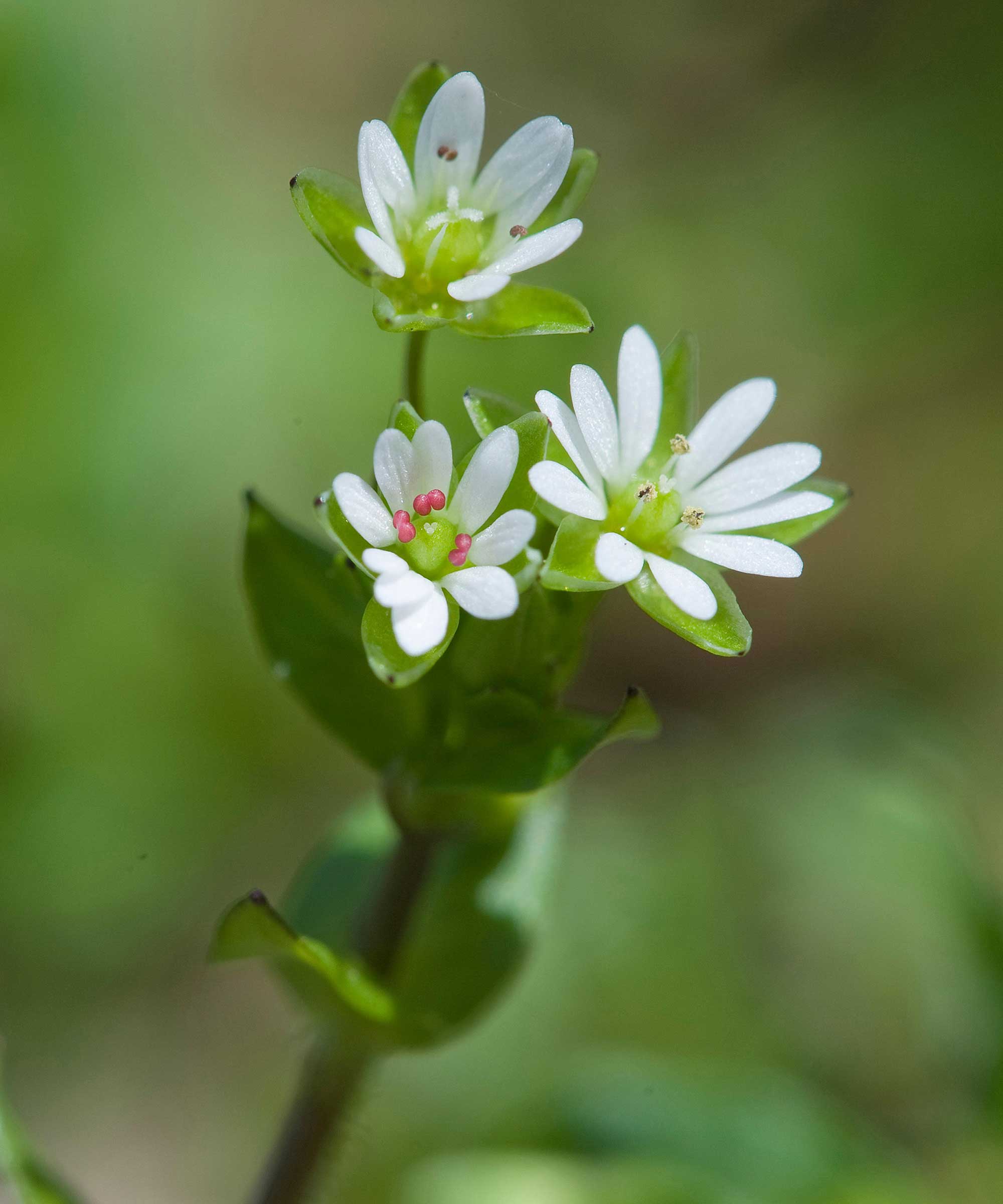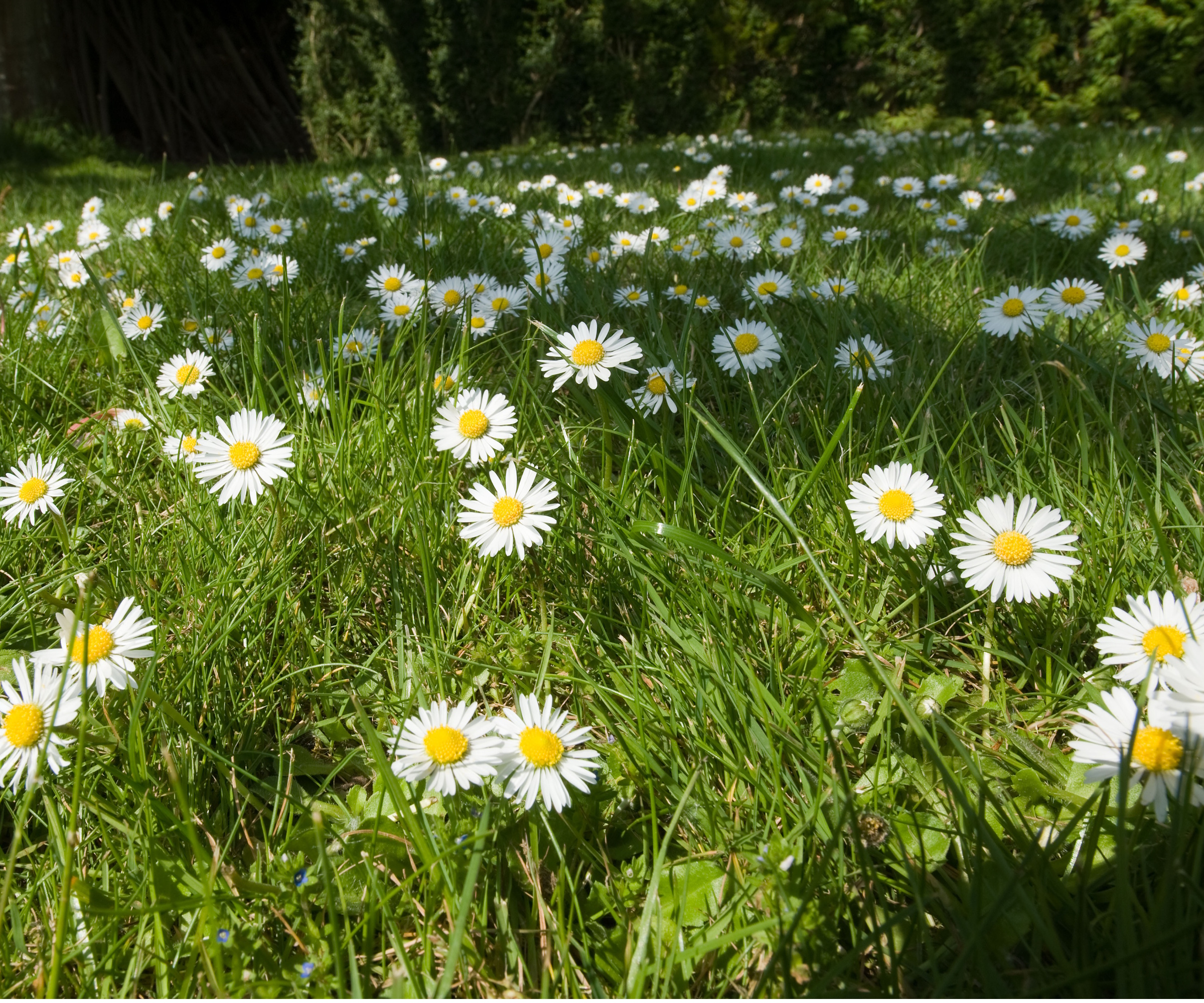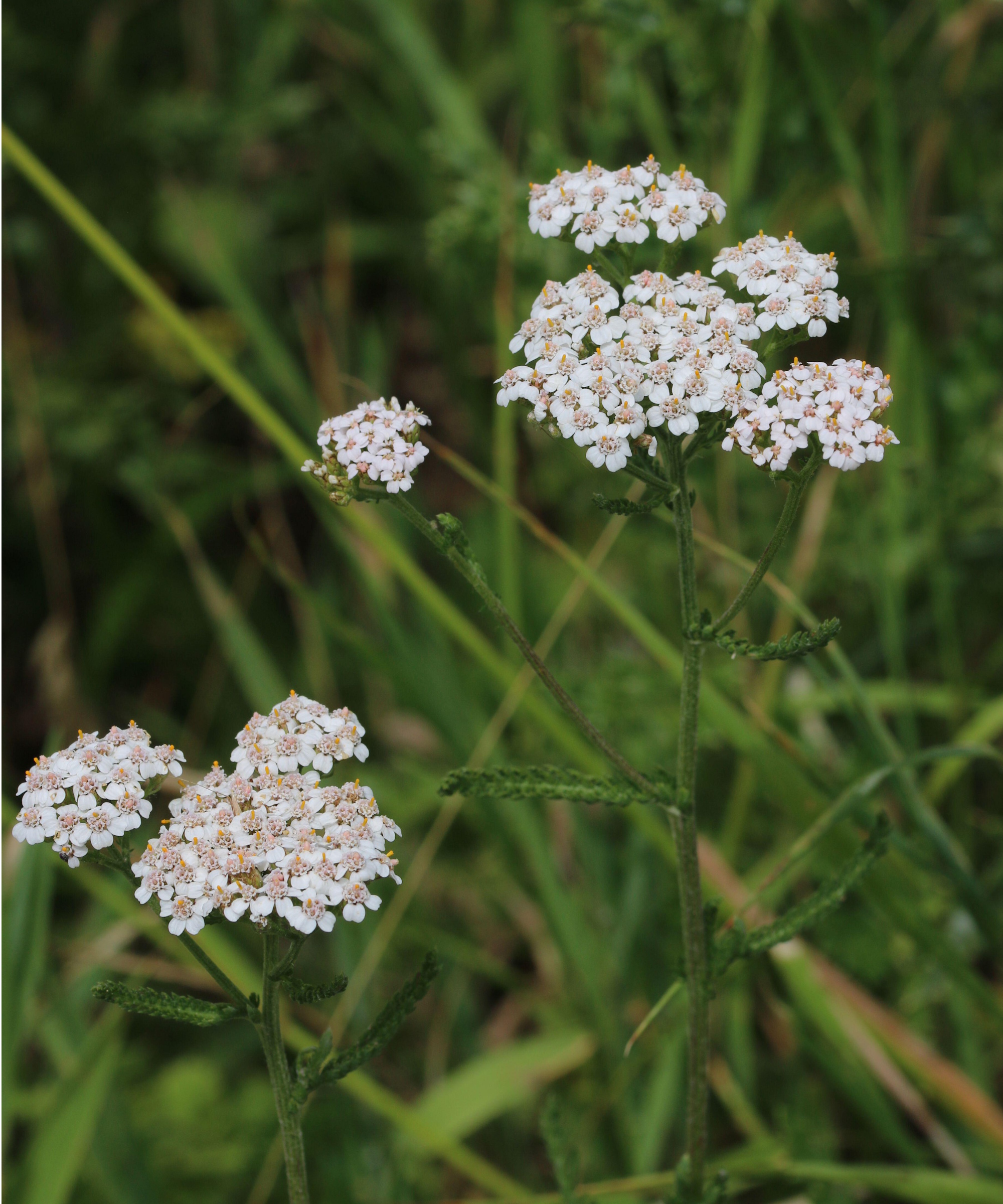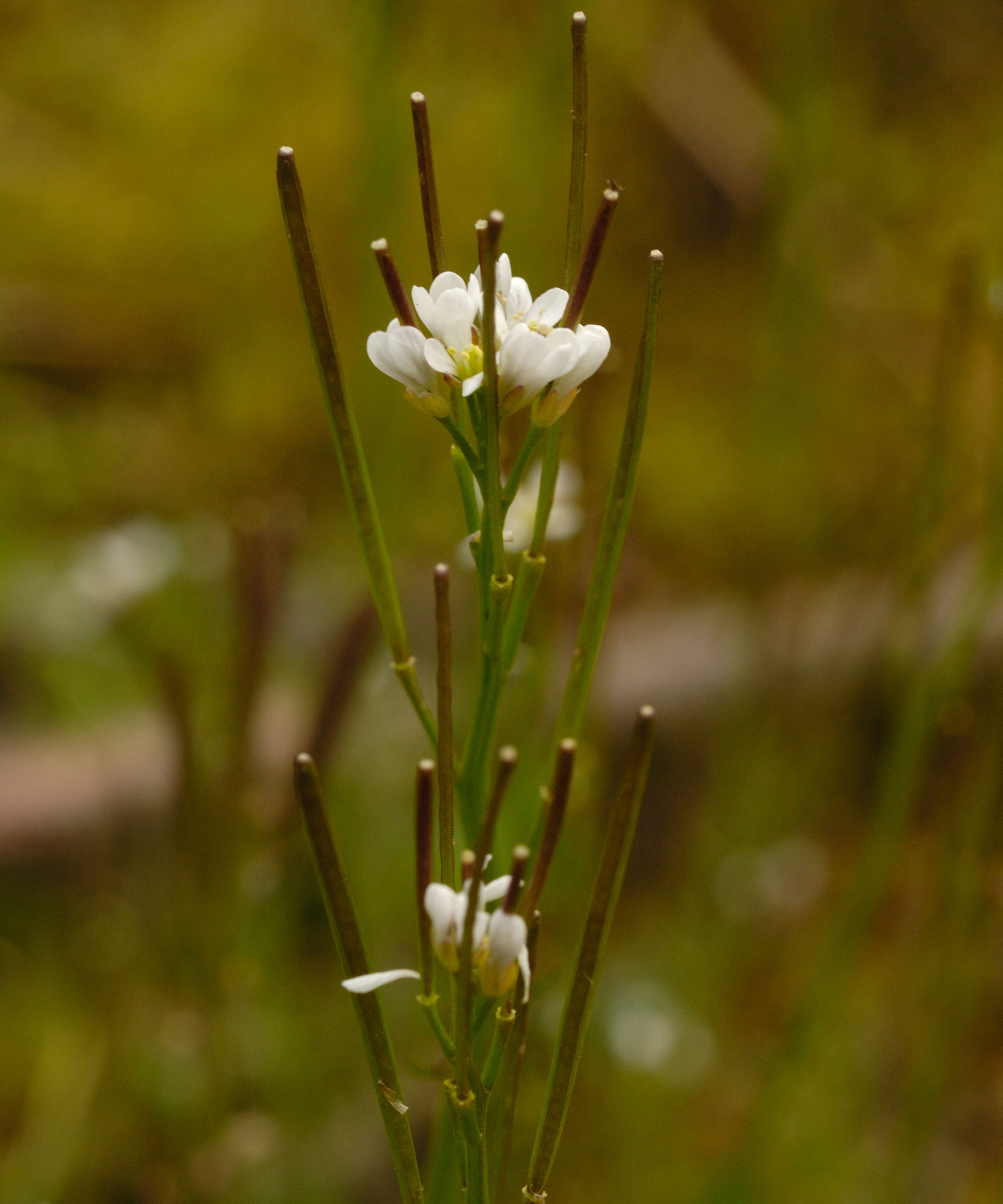How to get rid of white flower weeds on lawns – 5 common blooms to find growing in grass and expert ways to banish them
Although pretty, these lawn weeds can take over if you don't act fast to control them


I moved home earlier this year and was pleased to be inheriting a large lawn. I was less delighted, however, to discover just how weedy it is. From dandelions to nettles, and a few different white flowering weeds.
I'll be the first to say that many common weeds that have flowers are beautiful in their on way. However, they can become a nuisance when they start to take over your lawn, disturbing an otherwise pristine green carpet.
The good news is, I've found it fairly easy to kill weeds but not grass. To be successful in your efforts, you do need to know what the white flower weeds on your lawn are. And if you plan to embrace them rather than get rid of them, knowing what they are can provide more clarity. So, I've put together a list of five common white flowering weeds and some tips on what to do if you do want to rid them of your lawn.

5 common white flower lawn weeds
While many gardeners are keen to quickly get rid of weeds, there is also an importance in pausing and rethinking weeds. I will often choose to leave some flowering weeds for pollinators, as they provide plenty of nectar for these beneficial insects. Nevertheless, they can become a problem when they grow invasively and take over, competing for nutrients with your more desired planting.
To help you identify white flower weeds on your lawn, I've outlined five common types:
1. White clover

White clover (Trifolium repens) is one of the most common lawn weeds to spot. They're compact and have spherical white flower heads.
There are actually lots of benefits of growing clover, including how it helps improve soil structure. Its deep root system helps aerate compacted soil, for example.
Design expertise in your inbox – from inspiring decorating ideas and beautiful celebrity homes to practical gardening advice and shopping round-ups.
It's for this reason, many actually choose to grow a clover lawn – a low-maintenance alternative to grass that will cut down mowing.
This is one of the white flower weeds I found on my lawn and it was covering quite a large space, so I wasn't keen to keep it. That's why I took on methods to get rid of clover in a lawn.
The most effective is removing clover by hand, ensuring you dig up roots to avoid them returning. I use this hand weeding tool from Amazon, which I find glides easily into soil to lift roots.
Be aware that clover self-seeds quickly, so it's a matter of keeping on top of this task as clovers appear.
2. Chickweed

Chickweed is often less welcome on the list of white flower weeds on your lawn. It's even considered an invasive weed across the US, too.
Chickweed is identifiable by its small white, star-shaped flowers and bright green, oval-shaped foliage. It is also has a mat-like growing habit, which is why it can become a nuisance on lawns.
To get rid of chickweed, you can remove it by hand or smother weeds with mulch, a tarp (from Amazon), or you can use cardboard for weed control.
3. Common daisy

I have lots of common daisies (Bellis perennis) on my lawn, but this is a white flower weed I don't mind having. There's a sense of a nostalgia garden daises bring, with a reminder of childhood.
They spread both via seed and rhizomes underground, so it's common to have a daisy meadow on a lawn.
If you aren't so keen to keep daisies around, though, one of the easiest ways to remove them is by keeping on top of lawn care and mowing your lawn.
Regularly fertilizing our lawn and improving the health of your grass (such as aerating using this aerator tool from Amazon) can also help reduce the number of daises that come back. This is because as your grass grows stronger, it will outcompete the daisies.
4. Yarrow

You might mistake yarrow (Achillea millefolium) for an umbellifer, but it is actually part of the daisy family.
Many gardeners choose to grow common yarrow for it's clusters of delicate blooms, a great addition to cottage garden planting.
But, if not maintained, yarrow can spread and grow amongst your lawn in quite dense patches.
So, if you're eager to get rid of unwanted yarrow, you can get rid of it by manually pulling it up. Because this weed is much more robust than other white flower weeds on your lawn, you may want to employ the help of essential gardening tools.
For example, this weed puller tool from Amazon is designed to provide a firm grip to pull up weeds by the root.
You may find that some yarrow foliage has stayed behind after doing so. In this case, try raking it to loosen it before mowing it away.
5. Hairy bittercress

If you have white flower weeds on your lawn with rosette, hairy leaves, small white flowers, and seed pods that are explosive when disturbed, it's likely you're facing hair bittercress (Cardamine hirsuta).
As its name indicates, this is an edible weed, related to cress. It has a peppery, cress-like flavor and can be used as a garnish or in salads.
Due to the way its seed pods explode, it's no wonder this weed can crop up in lawns unexpectedly.
To get rid of hairy bittercress, it's best to manually remove them before they have a chance to go to seed. Of course, this requires fast action to be effective. A weeding fork tool (from Amazon) is an effective choice for this weed.
When you remove it, consider keeping some of the leaves to use in the kitchen. You can store them alongside other salad crops in your fridge.
FAQs
Are lawn weeds harmful to pets?
Some common lawn weeds are harmful to pets, but not all of them. Some toxic weeds include buttercups, ragwort, and bracken fern which can be harmful pets when ingested and may cause a skin reaction when touched. The best thing to do is identify the weeds growing in your lawn and research whether they pose a threat to your pets. You can then remove them accordingly to make your lawn a safer environment for your pets to explore.
There are a few DIY lawn weed solutions you can try on all of the above white flower weeds. For example, try making weed killer with baking soda or even use salt to kill weeds. If you're left with any brown patches after dealing with lawn weeds, try using this fast-growing lawn patch seed from Amazon to repair it.

Tenielle is a Gardens Content Editor at Homes & Gardens. She holds a qualification in MA Magazine Journalism and has over six years of journalistic experience. Before coming to Homes & Gardens, Tenielle was in the editorial department at the Royal Horticultural Society and worked on The Garden magazine. As our in-house houseplant expert, Tenielle writes on a range of solutions to houseplant problems, as well as other 'how to' guides, inspiring garden projects, and the latest gardening news. When she isn't writing, Tenielle can be found propagating her ever-growing collection of indoor plants, helping others overcome common houseplant pests and diseases, volunteering at a local gardening club, and attending gardening workshops, like a composting masterclass.
You must confirm your public display name before commenting
Please logout and then login again, you will then be prompted to enter your display name.